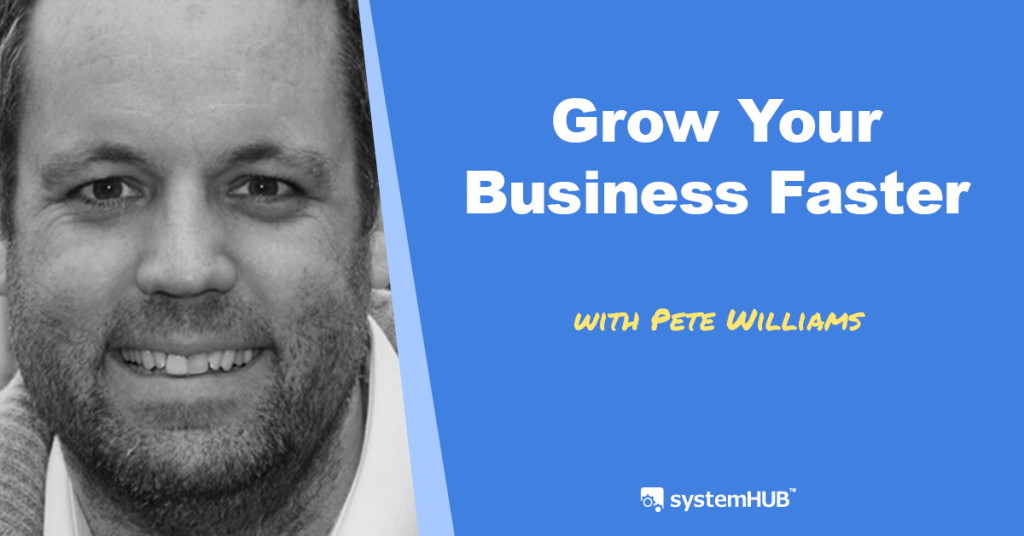Pete Williams | The 7 Levers Business Scaling System
- Department: Management

Overview
This system and framework provide a step-by-step process to help business owners transition from letting go of the tools to start working ON their business, instead of working IN it. It gives seven ideas on what entrepreneurs should focus on once they decide to let go of their tools to better work on their business and drive profitability in it.
=-=-=-=-=-=
System Architect: Pete Williams
Website: www.preneurgroup.com
Generated as part of the www.BusinessSystemsSummit.com
Video
The Process
The Framework
Imagine that your business is mapped in seven different areas that are mainly divided by four elements. Most businesses start at the bottom line, and above that, there are three profit drivers: sales funnel, front-end revenue, and back-end revenue.
- Sales Funnel
- There are three components to a sales funnel.
- Suspects
- These are people who interact with your sales team. The next step they could take to becoming a prospect is getting a quote from your sales team.
- Suspects
- There are three components to a sales funnel.
-
-
- Prospects
- These are people who’ve received a quote for your products/services.
- Prospects
-
-
-
- Conversions
- Sit down and clearly identify the difference between suspects and prospects.
- Conversions
-
-
- There are three markets that you can market to differently.
- Each component has different sets of questions that you’d rather pay attention to and respond to differently and separately.
- Front-End Revenue
- This is what the business makes and is composed of two things: Average Item Price, and Average Items per Sale.
- Average Item Price
- This is the average price of your products/services. What steps are you taking to change your average item price?
- Average Item Price
- This is what the business makes and is composed of two things: Average Item Price, and Average Items per Sale.
-
-
- Average Items per Sale
- What are you doing to drive more items per sale?
- Average Items per Sale
-
- Back-End Revenue
- Transactions
- What are you doing to get people to come back and buy from you again?
- Transactions
- Bottom Line
- Margins belong in this area.
Focus on increasing the numbers on each component at least by 10%. Small incremental wins will make a huge difference in your profit. The seven levers of this process are those seven areas from the framework.
Health Check
- There are four steps in doing a health check on your business:
-
- Clarify
- Where things are at your business.
- Clarify what each of the seven levers represents in your business.
- Be sure to print out a big copy of the canvas/framework. Write down on sticky notes for identifying each lever.
- There are no right or wrong points during this part.
- Clarify
-
- Capture
- Capture what you’re currently doing to improve or maintain each of your seven levers.
- Collate every process you do in your business and refer to it to manipulate, manage, improve, and maintain your seven levers.
- You may also notice that you’re missing what you’re doing on a few areas of the canvas.
- If you’ve discovered missing pieces on any lever, be sure to put a system in place.
- Capture
-
- Calculate
- Calculate the data in your business.
- Calculate what the current values are for each of the seven levers in your business.
- If you want to start doing small wins in your business, you should start calculating the present data in your business.
- Make sure to calculate each lever in its own unique way.
- Have all these metrics visible in your dashboard and create a system when collecting data/reports for these metrics.
- Calculate
-
- Correct
- Correct anything that’s broken and fix the symptoms.
- It is correcting easy things that you diagnosed broken during your health check.
- Correct